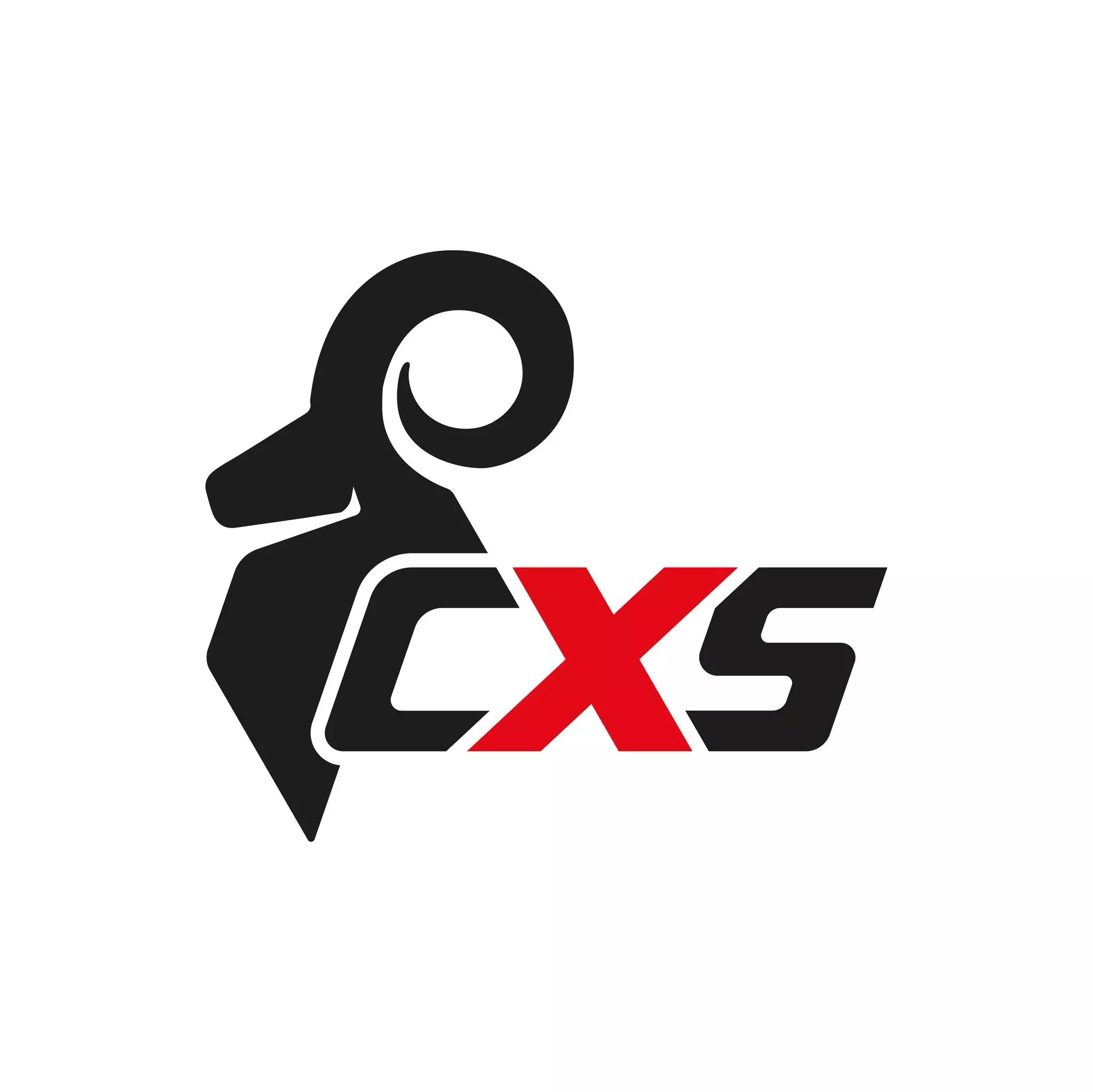CXS Mefisto M Heat Resistant Gloves, Size 11
4.8 / 5
Product description
Product Features:
- Heat resistant muffle triple layer gloves
- Back part made of aramid cloth and aluminum foil
- Seams on back side reinforced with Kevlar® thread
- Middle layer of wool textile for heat protection
- Inner layer of cotton textile for hygiene
- Protection against radiant heat and melt spattering up to 500°C
Technical Details:
- Triple-layer construction:
— Outer layer: Aramid cloth and aluminum foil
— Middle layer: Wool textile
— Inner layer: Cotton textile
Recommended Applications:
Foundry, metallurgical industry, environments with radiant heat
- Cut Resistant
- Heat & Flame Resistance
- Hand Protection
Request a free sample
Test first and buy later. Visit any product page to request your free sample.
Standards and labels
CXS delivery terms
Free delivery when you order more than 150,00 € from CXS
Supplier shipping fee 5,00 €
Brand minimum 50,00 €
55,10 €
Shipping fee is 5,00 € for orders under 150,00 €
Sold in units of one pair
Need larger quantities?
Other products you may like
Recently viewed
Other products you may like
Similar products you may like
Autonomous sourcing platform
The most efficient way to source and order supplies for your operations




